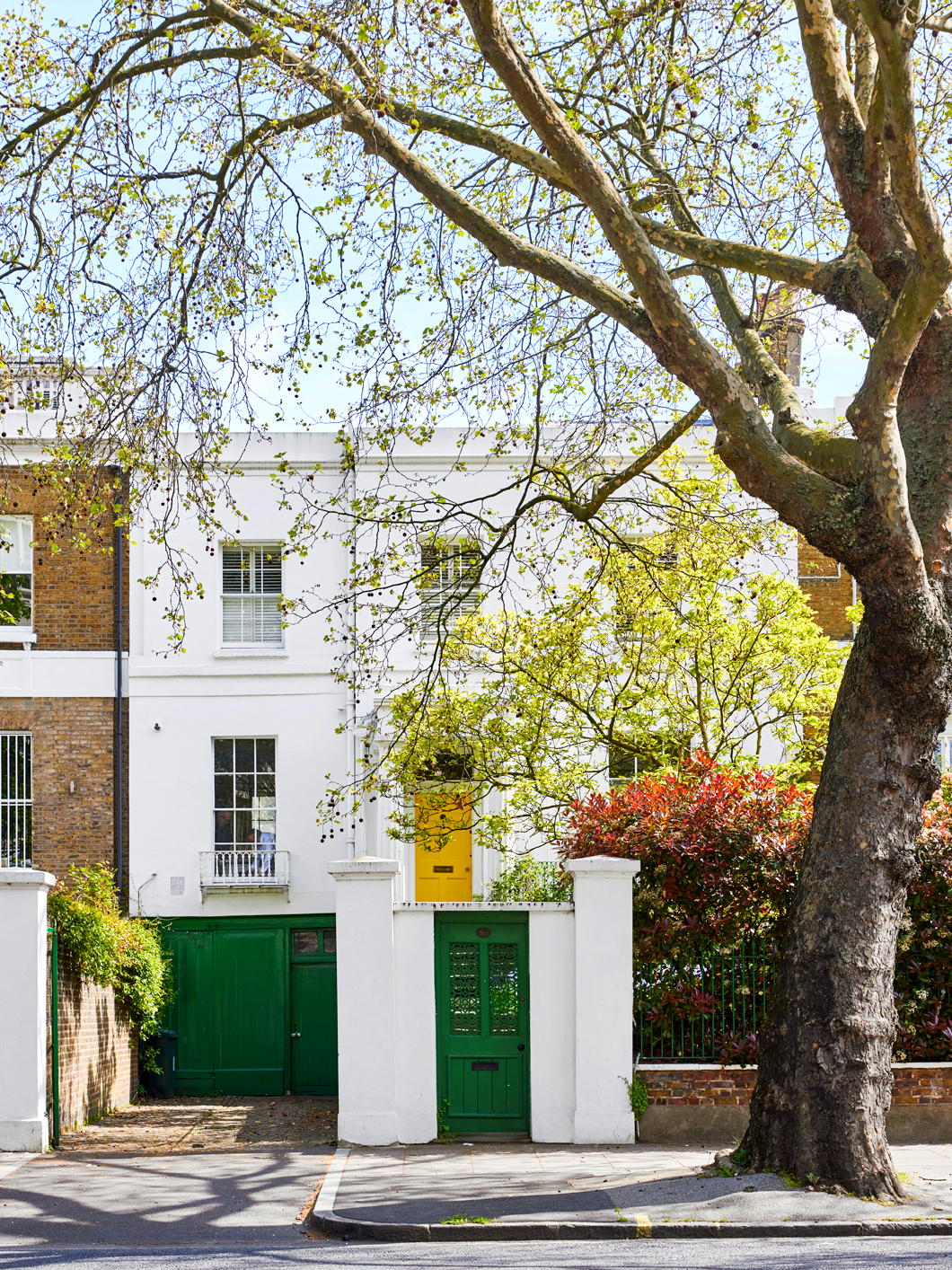2024 February
About Andrew Cusack
 Writer, web designer, etc.; born in New York; educated in Argentina, Scotland, and South Africa; now based in London.
Writer, web designer, etc.; born in New York; educated in Argentina, Scotland, and South Africa; now based in London. read more
News
Blogs
Reviews & Periodicals
Arts & Design
World
France
Mitteleuropa
Knickerbockers
Argentina
The Levant
Africa
Cape of Good Hope
Netherlands
Scandinavia
Québec
India
Muscovy
Germany
Academica
La Bougie du sapeur
Lo, the Twenty-Ninth of February is upon us, which means another edition of the French newspaper La Bougie du sapeur. The printing of a newspaper is not often news itself, for most are dailies and some are weeklies. That rara avis, the fortnightly is — like the monthly — more common amongst magazines. But La Bougie du sapeur is unique in the world as it only comes out on this date, the once-every-four-years leap day. (Or, as the French foppishly put it, bissextile.)
This is the twelfth number of La Bougie, an amazingly indolent feat for a newspaper that began in 1980. Perhaps they take their inspiration from the venerable and beloved Académie française, which was given the task of drafting the dictionary of the French language back in the 1680s, and finally reached midway through the letter “E” in 1992.
The 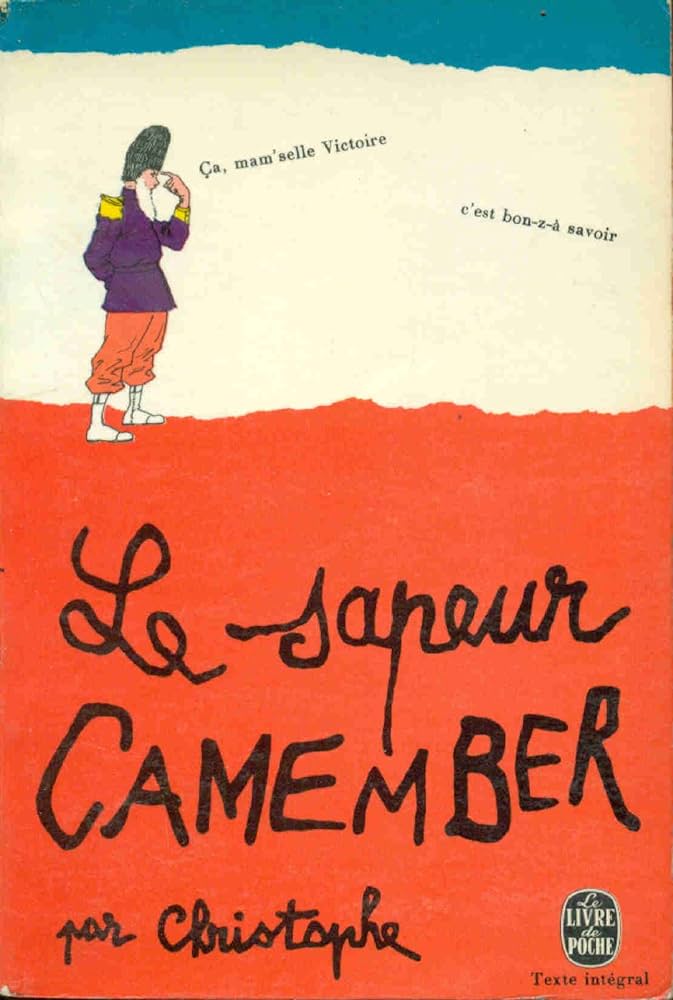 paper’s name translate as the Sapper’s Candle (for those outside of Angledom, “sapper” is another word for a soldier in the engineers). The soldier in question is Sapeur Camember, a stock character of French comic strips popularised by “Christophe” (Marie-Louis-Georges Colomb) in the pages of Le Petit Français illustré between 1890 and 1896.
paper’s name translate as the Sapper’s Candle (for those outside of Angledom, “sapper” is another word for a soldier in the engineers). The soldier in question is Sapeur Camember, a stock character of French comic strips popularised by “Christophe” (Marie-Louis-Georges Colomb) in the pages of Le Petit Français illustré between 1890 and 1896.
Camember was born on 29 February and thus had only celebrated four birthdays by the time he enlisted in the army. Every leap year thus adds another candle on the sapeur’s birthday cake. The character seeped into the French mind, and there is even a statue of him in Lure.
The newspaper was born in 1980 as a bit of an in-joke between two friends, Jacques Debuisson and Christian Bailly, and Jean d’Indy (pictured above and below) is currently at the helm as editor and director. (His day job is working for the French body responsible for flat racing and steeplechases.)
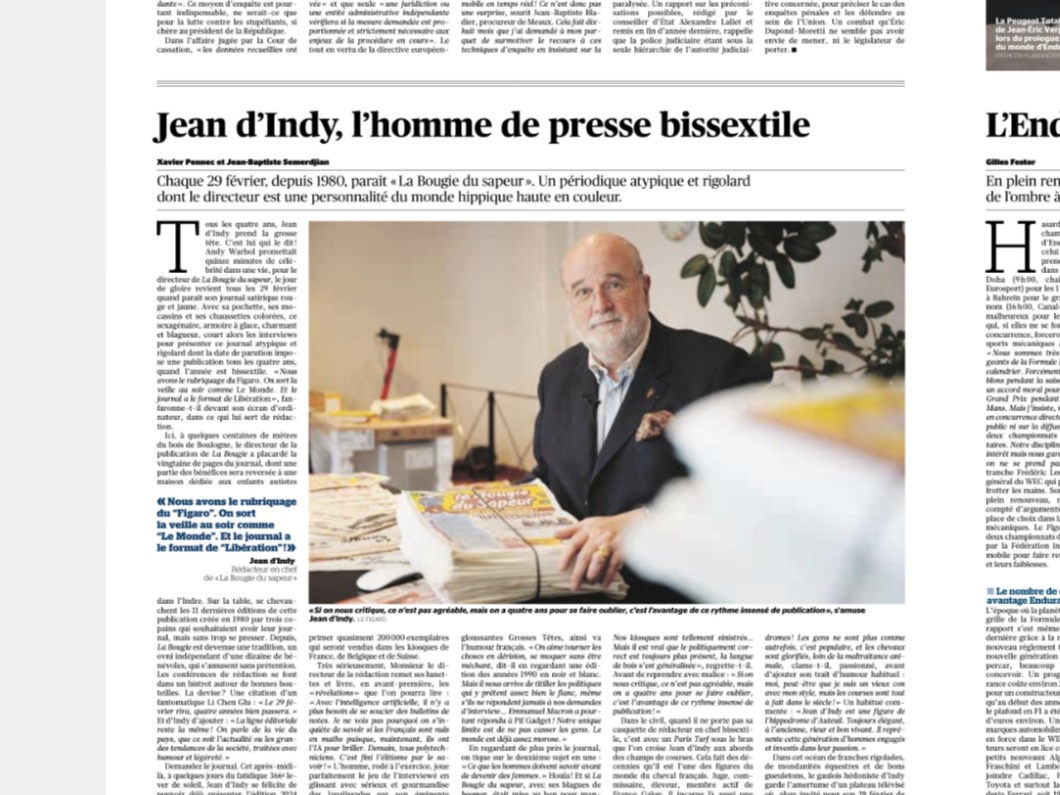
Ever with an eye on expansion, La Bougie began to print a Sunday supplement in 2004, to appear even more rarely whenever 29 February falls on a Sunday. The next issue of the Dimanche supplement is expected in 2032. This year marks the advent of their sports supplement, La Bougie du sapeur – Sportif.
The tone of La Bougie is satirical, mocking, and politically incorrect — but not without a heart. For example, the profits from the 2008 edition were donated to a charity working amongst autistic adolescents.
Our French readers (we hope they are plural) will want to head out to the kiosk to purchase a copy today, lest they have to wait for the next edition. (more…)
‘Knights of Massawa?’ Lecture
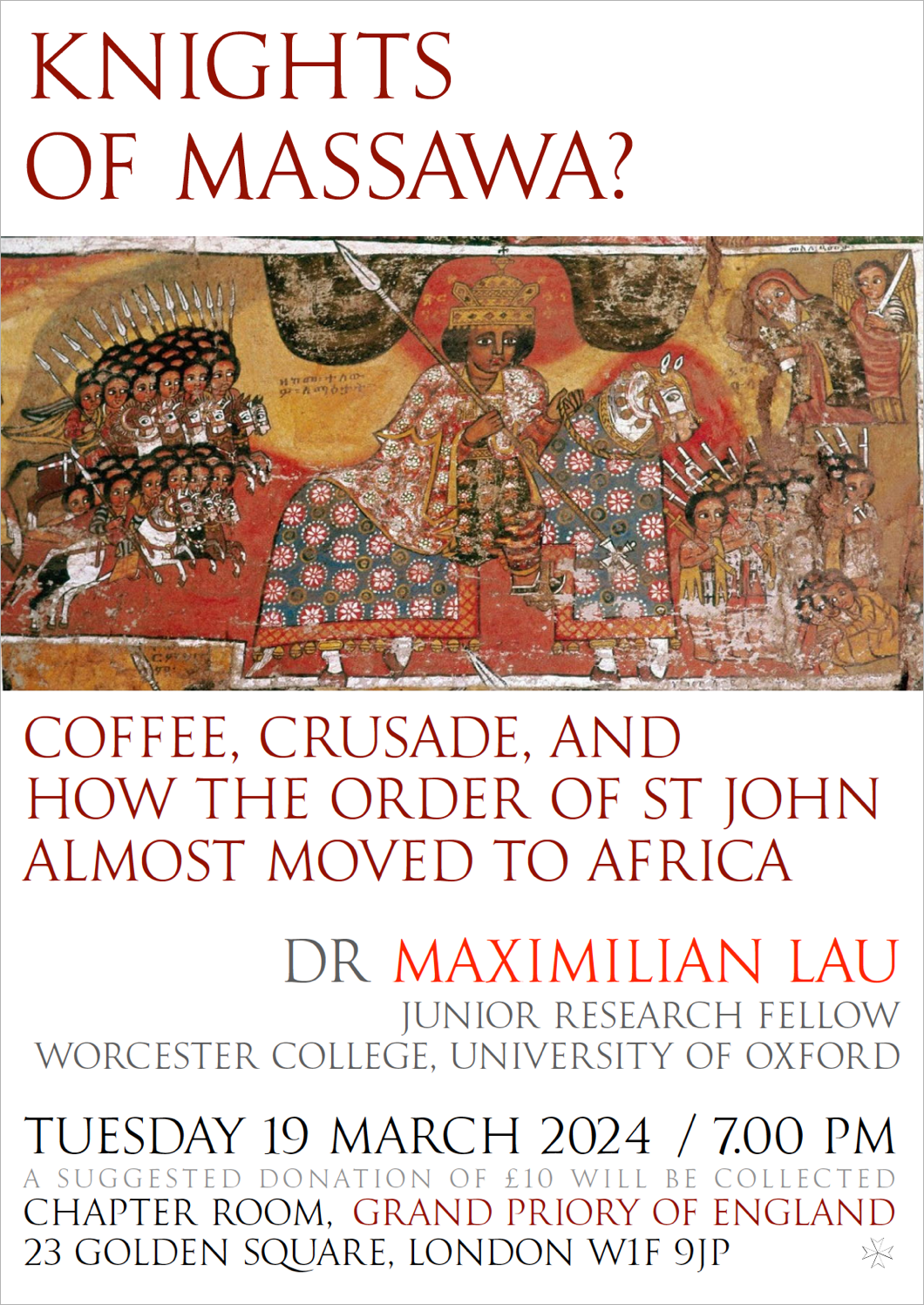
This will take place in the Chapter Room of the Grand Priory of England at 7.00 pm on Tuesday 19 March 2024.
All are welcome, and a voluntary contribution of £10 will be collected.
A Happy Home in Maida Vale
Her ‘Nurse Matilda’ series of children’s books was illustrated by her cousin, Edward Ardizzone RA, and was later adapted for the silver screen as the Nanny McPhee films starring Emma Thompson.
Brand and her husband lived in this rather happy looking home in leafy Maida Vale which has now come up for sale.
Built in 1822 (and Grade II-listed), the house was also deployed as a setting by the author — sometime chair of the Crime Writers’ Association — in her book London Particular.
As Brand described the story:
It is set in a London house and everybody is either a member or close friend of the family – it is a doctor’s house, a Regency house in Maida Vale; in fact, it is my own house with all my own family and animals and things in it just for fun.
Maida Vale has also been the setting for mysteries written by PD James and Ruth Rendell — and of course the ‘M’ in Alfred Hitchcock’s ‘Dial M for Murder’ stand for Maida Vale itself.
Messing About in Old New York
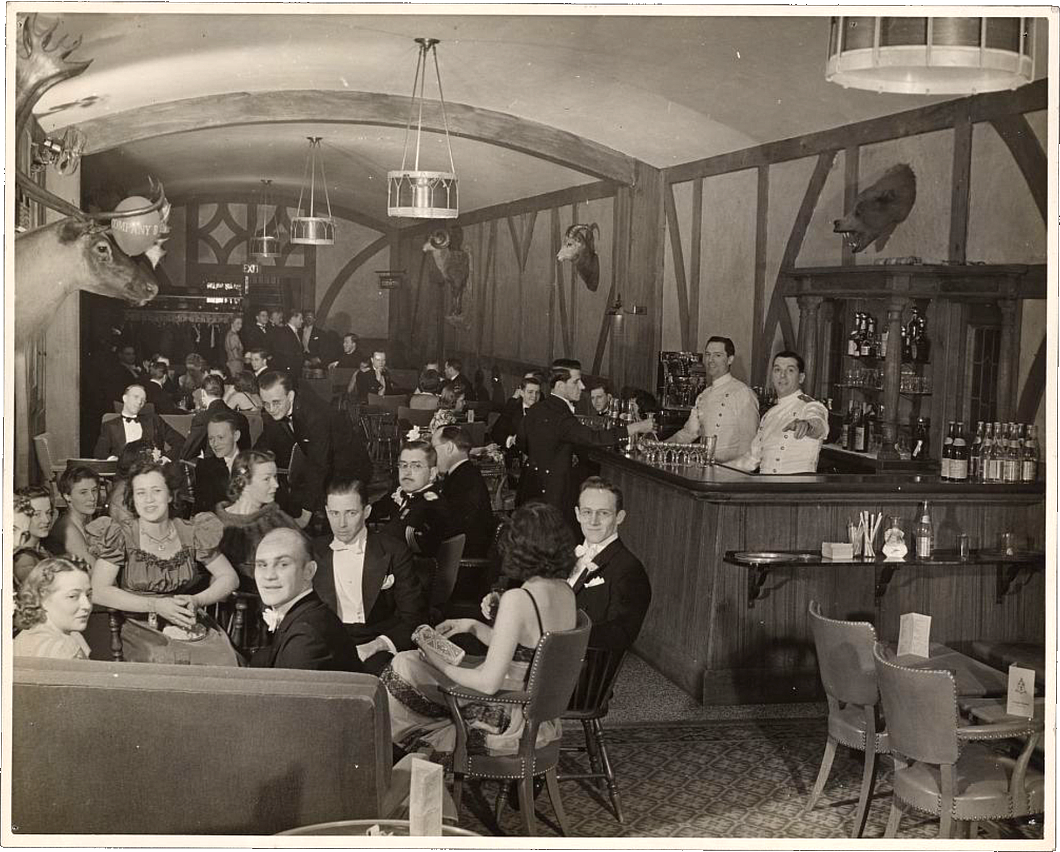
In the collections of the New-York Historical Society there is a photograph deposited amidst the archives of the Seventh Regiment Gazette.
The scene is the Appleton Mess of the Seventh Regiment Armory on Park Avenue, where Company B of the “Silk-Stocking Regiment” was celebrating its one-hundred-and-thirty-fourth birthday.
It was May 1940. The other side of the Atlantic Ocean, British troops were evacuating from Norway, sparking the debate in the House of Commons that would lead to Winston Churchill being appointed Prime Minister.
But on the Upper East Side of Manhattan, all was still peaceful and calm.
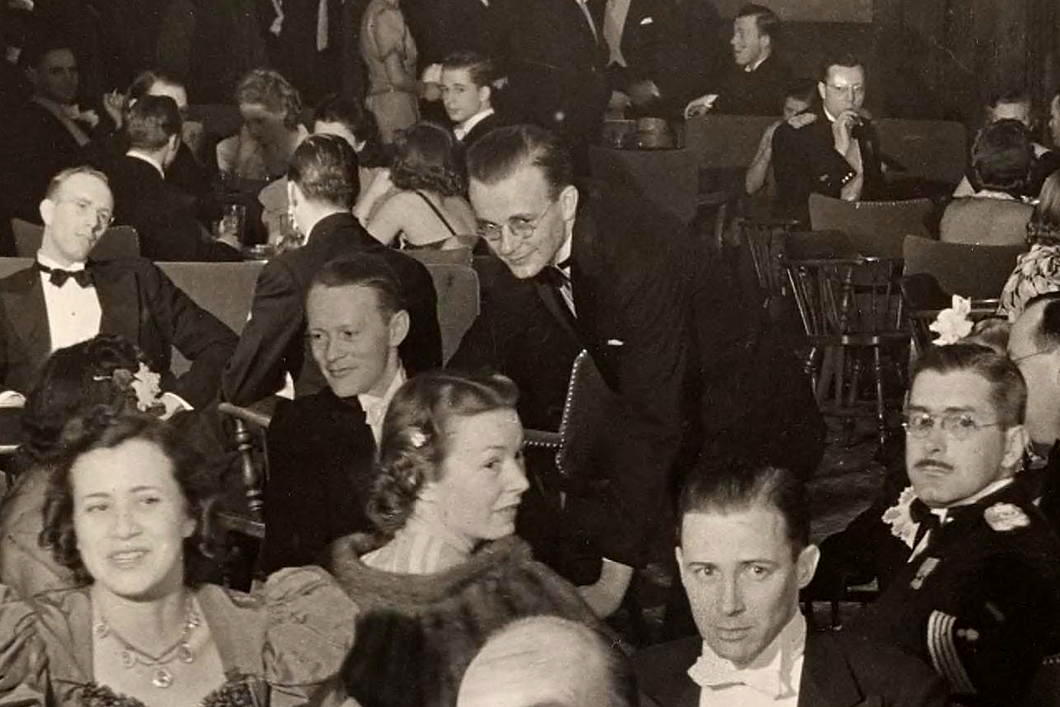
With a packed calendar of events, the social life of B Company was as much of a whirl as any other in the Seventh Regiment.
“The members of the Second Company greeted the onrushing spring with a cocktail party and dance on the afternoon of February 11th,” the Gazette reported. “The time-stained rafters of the Veterans Room echoed back as melodious a medley of sweet, swing, and hot as these old ears have heard in many a year.”
“The spaghetti lovers are still meeting down at Tosca’s on Tuesdays,” the Gazette continued. “All members who drop in on this crowd are warned beforehand to eat fast and keep an eye on their plate. A darting fork awaits all unwatched portions and men have been known to sit down to a full dish of Italian cable only to arise half famished.”
Company B’s Entertainment Committee also found time for a Supper Dance at the end of March that year: “When Charley Botts heard ‘In The Mood’ he gathered up the jitterbugs and sent them scampering around in a breathless Big Apple, much to the delight of the wiser and unbruised amongst us who resisted his wiles.”
“Several of the more energetic members closed the evening by visiting that well-known late spot, the Kit-Kat Club, and are now offering mortgages on the family homestead to settle future bills.”

All the faces, the mode of dress — it’s a picture of a vanished New York, a year and a half before the attack on Pearl Harbor. (Incidentally, December 7, 1941 was also the day Col. Cusack — aka ‘Uncle Matt’ — was baptised.)
On another level, it looks just like the Seventh Regiment Mess I knew from my childhood, when it was in the firm but welcoming hands of Linda MacGregor.
The building has been restored physically but since the military was kicked out it is a beautiful but lifeless hulk, preserved as if in formaldehyde and reduced to being a mere “venue”.
Sic transit gloria mundi.

St Mary Overie in Lent
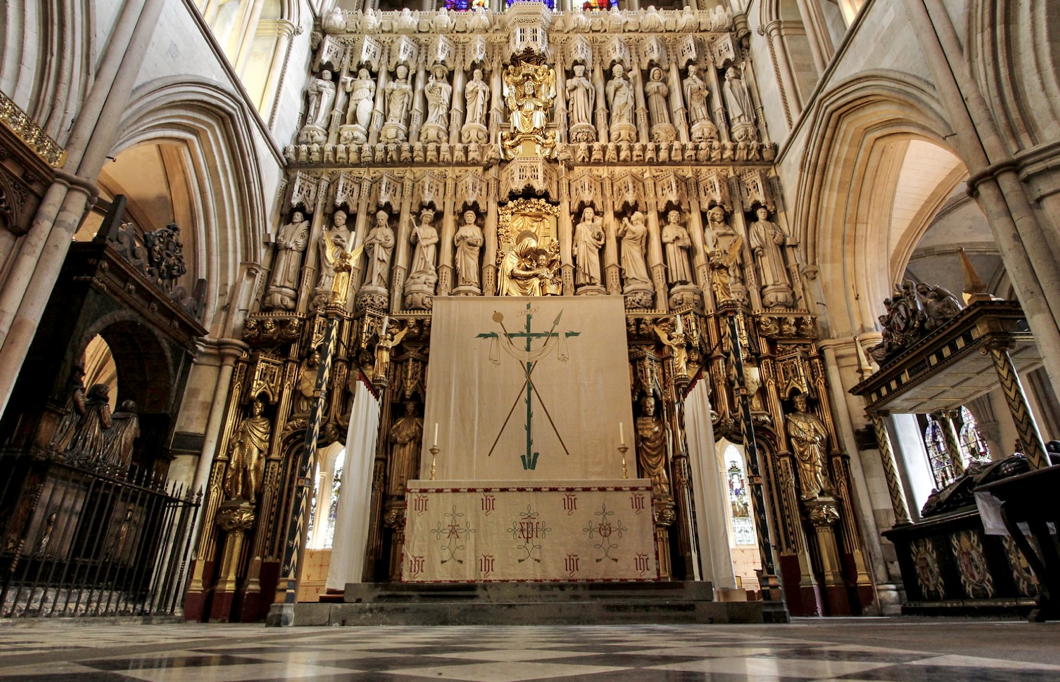
Here in Southwark I nipped in to Evensong in the late twilight of a winter’s day. They do it very beautifully with a full choir at the Protestant cathedral — old Southwark Priory or St Mary Overie to us Catholics, St Saviour’s to our separated brethren.
As it is the penitential season, the Lenten Array is up at Southwark Cathedral, theirs apparently designed by Sir Ninian Comper.
What is a Lenten Array? Sed Angli writes on the Lenten Array in general while Dr Allan Barton has written on Southwark Cathedral’s Lenten Array specifically.
And of course our friend the Rev Fr John Osman has one of the most beautiful Lenten Arrays at his extraordinary Catholic parish of St Birinus — a stunning church previously mentioned.
(The photograph of our local array is from Fr Lawrence Lew O.P.)
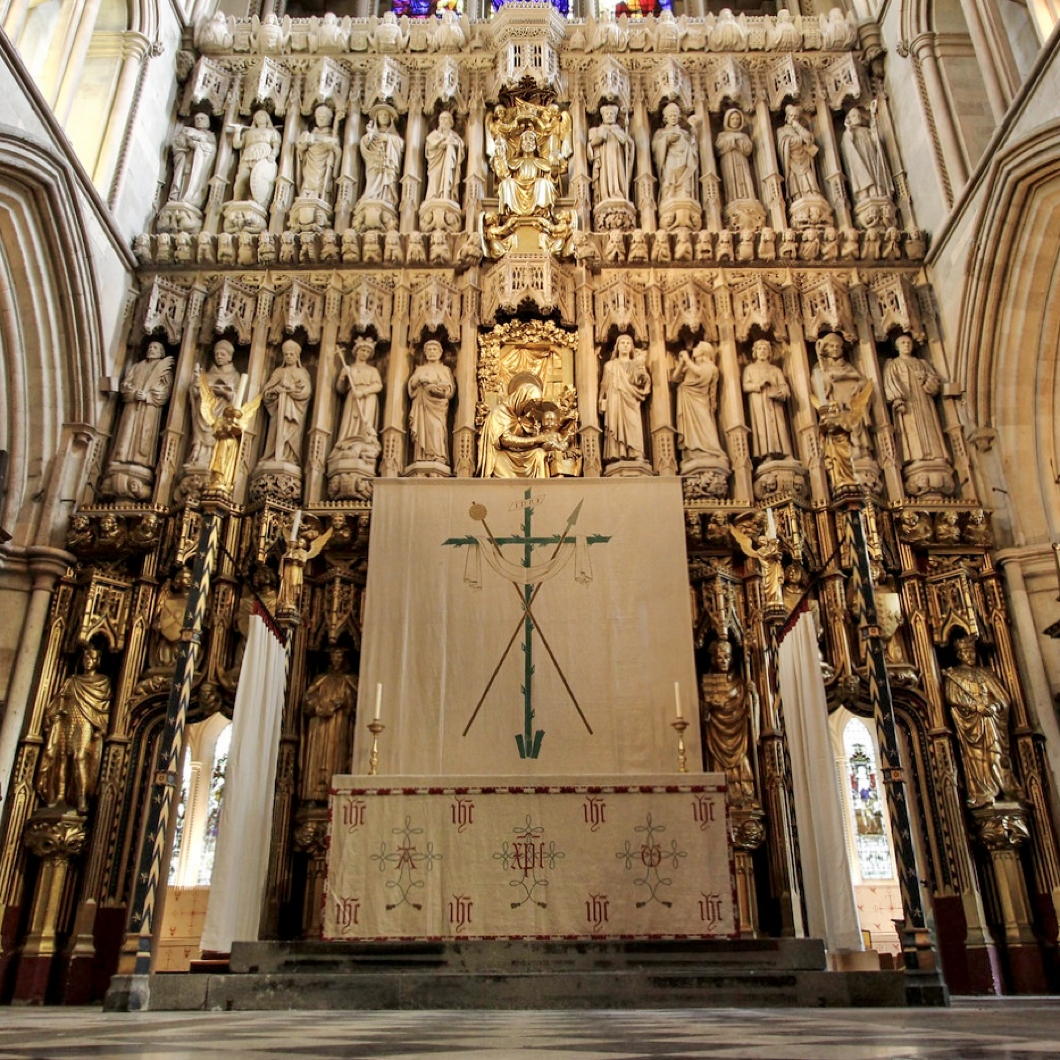
ICAA Videos on Architecture
The Institute of Classical Architecture and Art is one of the absolute gems of American civic society.
As part of their remit of promoting traditional architecture and its many associated arts they have a good many videos on their website covering numerous subjects and in a variety of depths and lengths of time.
Here are just a handful.
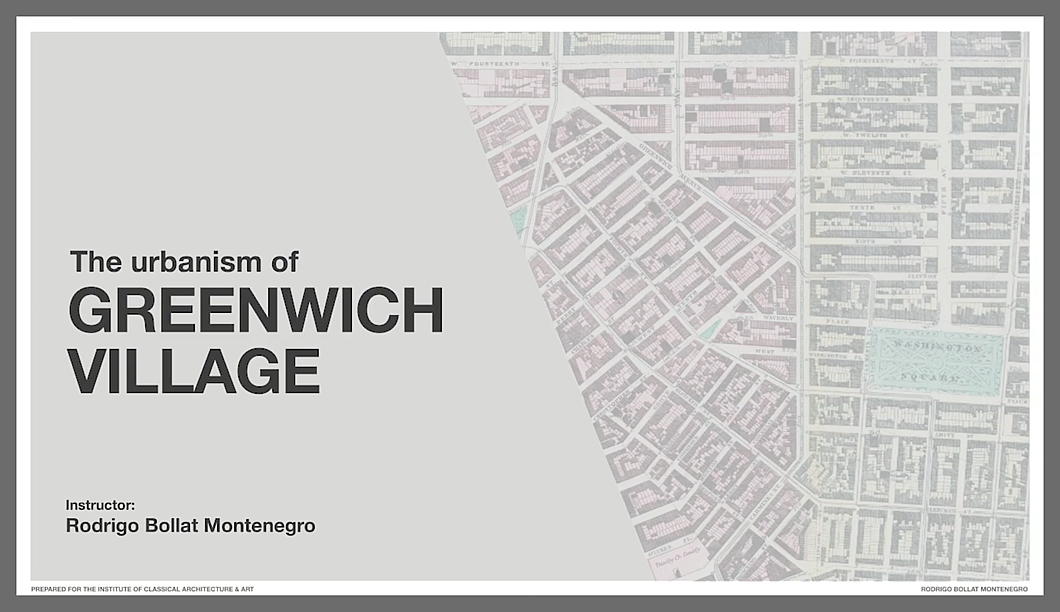
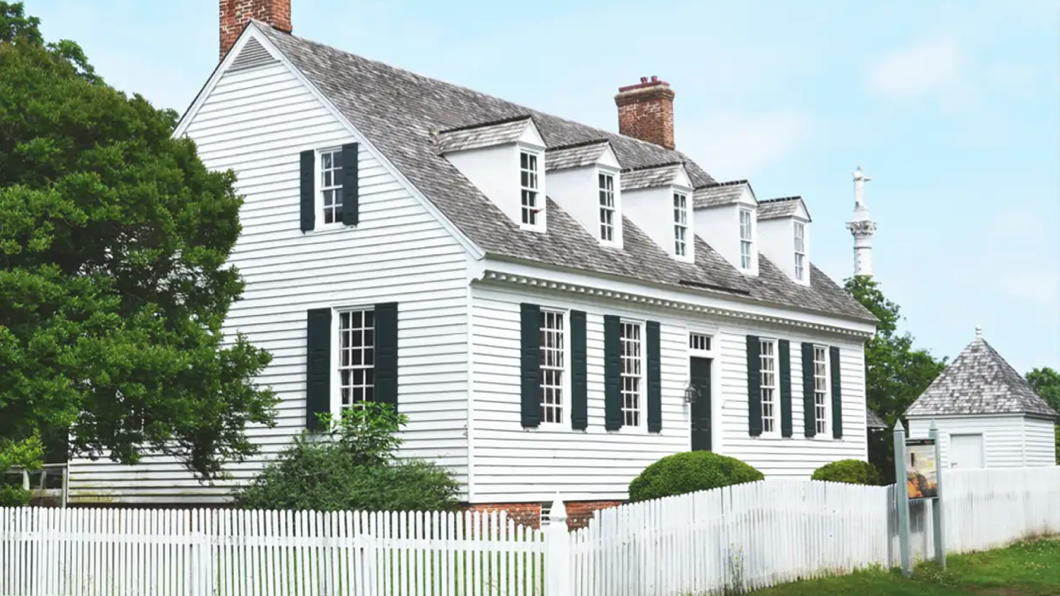

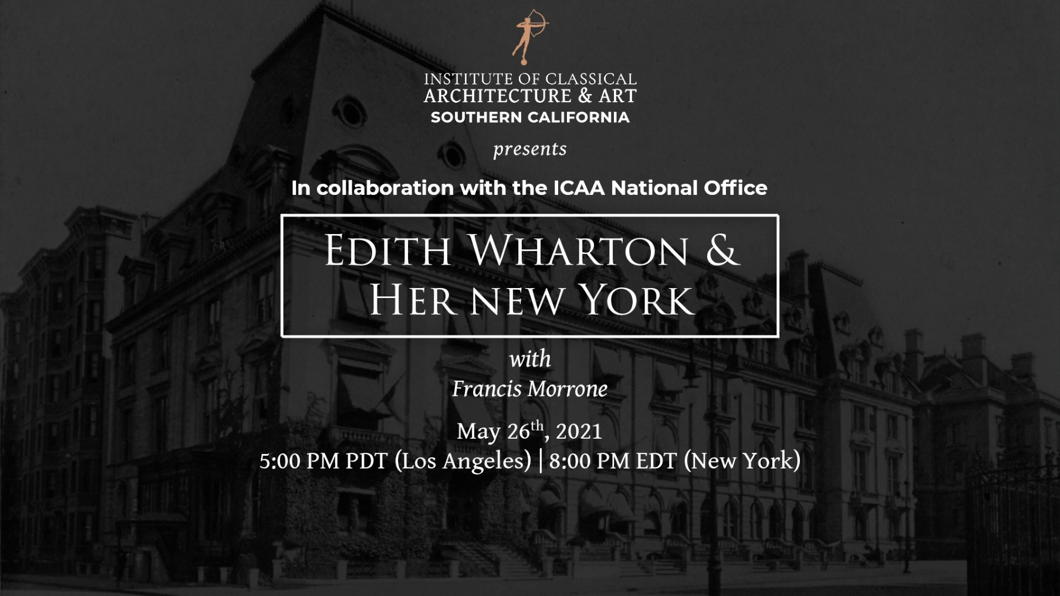
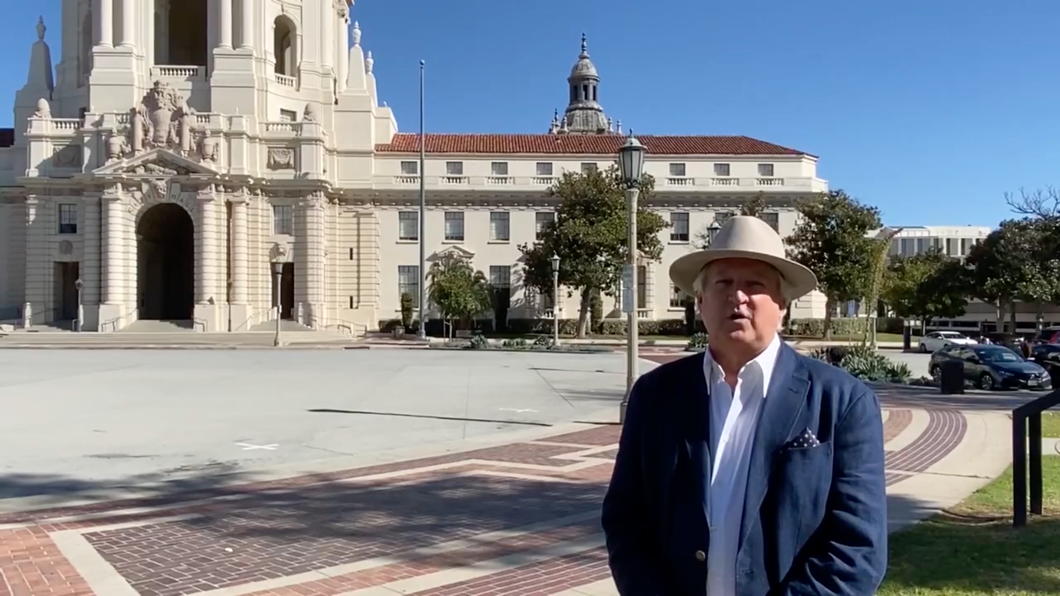
Die kleine dorpie Betlehem
JA JA JA, ons onthou: die Amerikaanse Episcopaalse biskop Phillips Brooks was nie ’n bolwerk van ortodoksie nie. Hy het die ryk van gevoel bo die waarheid verhef, maar nie noodwendig teen die waarheid nie — hulle het in die negentiende eeu nog ’n bietjie politesse gehad.
Soos R.R. Reno geskryf het: Brooks “het geen moeilike teologiese kwessies gedink of enige nuwe intellektuele grond gebreek nie.” In Nieu-Engeland was hy “heeltemal afgeleide en uiters invloedryk”.
Reg genoeg… en vandag leef ons in Brooks se nawêreld. Maar hy het ’n klein geskenk aan die wêreld gegee, en sy klein geskenkie was ’n lofsang — ’n Kersfees liedtjie.
Die wysie wat in Amerika gebruik word, is sakkarien. Maar die Britse een — “Forest Green” — is melodieus en goed. (’n Video hieronder, en Engels, gesing deur die koor van St George’s in Windsor-kasteel.)
lê rustig daardie nag,
terwyl dié wonderwerk gebeur
waarvoor die wêreld wag.
verskyn ’n nuwe dag
vir almal wat in nood verkeer
en op sy redding wag.
Toe God se Seun gebore is,
was daar geen plek vir Hom;
so word ’n donker dierestal
’n helder heiligdom.
verskyn ’n Koningster,
wat ewig lig en vrede straal
na mense wyd en ver.
O Koningskind daar in die krip,
U kom hier by ons woon.
Net U versoen ons sondeskuld
en maak ons lewe skoon.
want U kom ons herstel.
O Vredekoning, God met ons,
U is Immanuel.
Kings, Horse Brands, and Town Seals
The Influence of James II on the Present-Day Municipal Sigillography of Suffolk County, L.I.
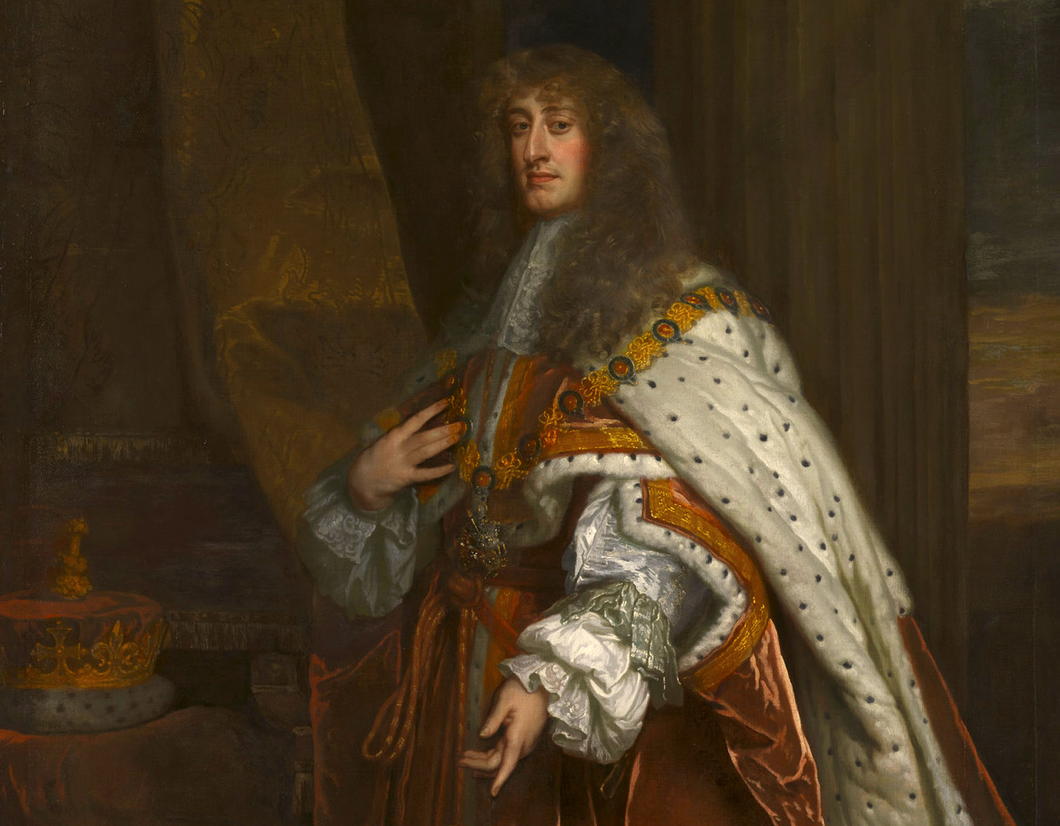
THE KEEN STUDENT of town and municipal seals, when perusing the emblems of some of the towns on Long Island, will be intrigued by the curious presence of seemingly inexplicable letters on those of Brookhaven and Huntingdon. Their origin is an intriguing and somewhat surprising one.
The great state of New York takes its name from our late and much-lamented monarch, James II (viz. here and here), who was given the province while still Duke of York during the reign of his brother Charles II. This was a little bit cheeky as the land wasn’t actually Charles’s and was happily occupied by our Dutch forefathers of old, who had every intention of keeping it within the merry garth of their seabound empire.
Nonetheless, a few English ships were sent over and the mercantile population persuaded old peg-legged Peter Stuyvesant not to lose his other leg as they generally thought the prospect of New Amsterdam being shelled and burnt to the ground was not an altogether welcome one and what difference does it make which side of the North Sea one is governed from.
The Province of New York was a proprietary colony of the Duke of York, who promulgated an initial set of regulations known as “the Duke’s Laws” to aid the good administration of the colony. Somewhat eccentrically, rather than proceeding by rank of importance, the Duke’s Laws were arranged alphabetically — e.g. under headings Absence, Actions, Administration, etc.
Under ‘H’ came ‘Horses and Mares’ which provided:
That every Town within this Government, shall have a marking Iron or flesh Brand for themselves in particular to distinguish the Horses of one Town from another, besides which, every Owner is to have, and Mark his Horse or Horses with his owne Particular flesh Brand having some distinguishing mark, that one mans Horses may be known from anothers.
An appendix to the Laws provided that these town horse brands would take letter form, starting on the far end of Long Island with ‘A’ for East Hampton and ‘B’ for Southampton and moving all the way along to ‘Q’ for ‘Utricht’ (New Utrecht) and ‘R’ for Gravesend in Brooklyn on the western end of the island.
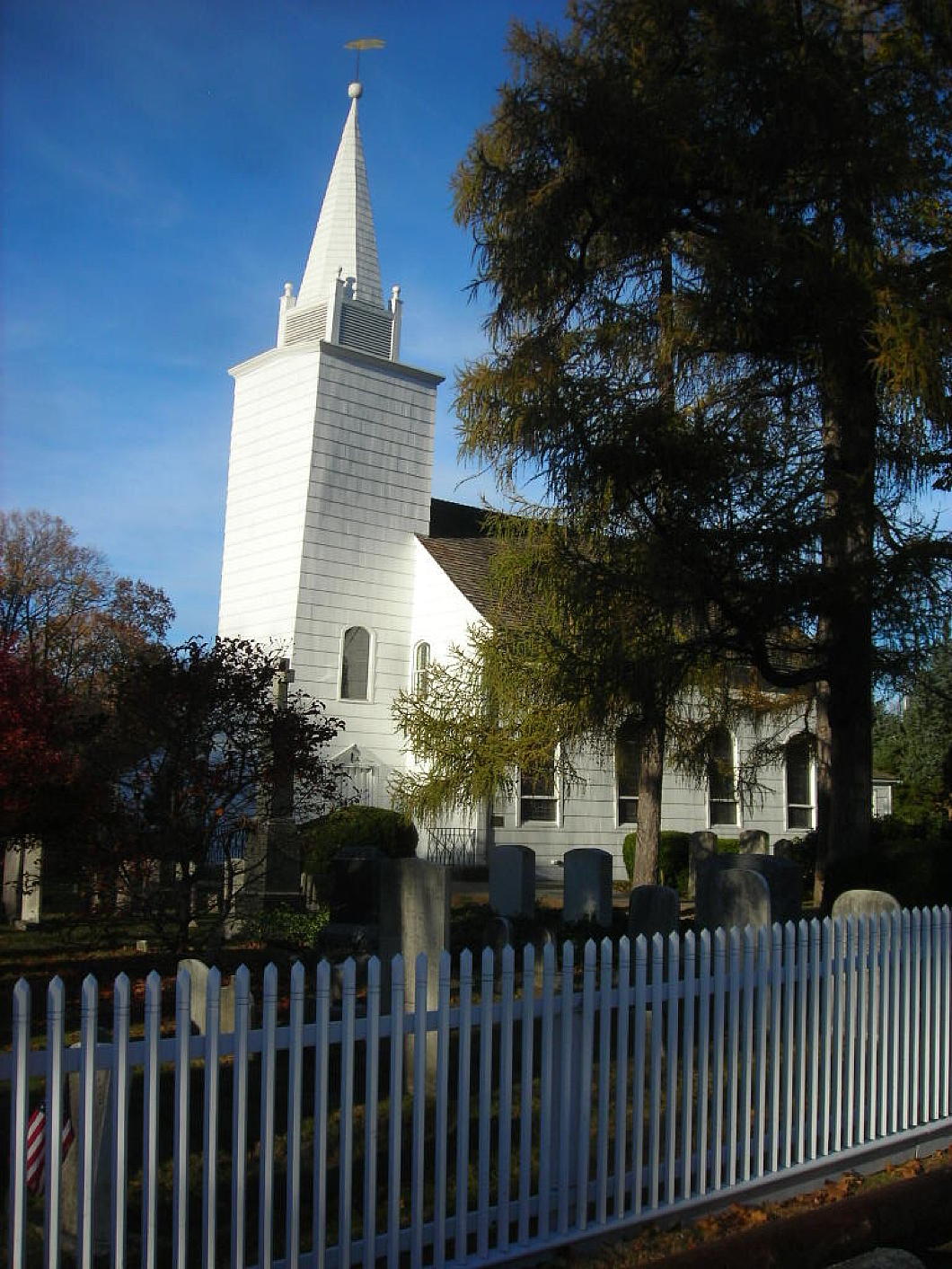
Caroline Church, Setauket —
1729, named after Queen Caroline, the wife of George II
‘Seatalcott’, or Setauket as we now call it, was assigned the letter ‘D’. Setauket and Brookhaven were basically interchangeable names for the same place, and Brookhaven eventually won out as the town’s official cognomen.
The town seal was authorised by Governor Thomas Dongan — later the 2nd Earl of Limerick — who in 1686 ordained that “the said trustees of the freeholders and commonality of the Town of Brookhaven do, and may have, and use a common Seale”.
It features the town’s horse brand letter alongside a lance and harpoons signifying the whaling trade which was so prominent in this and many English towns here and further up the Atlantic coast.
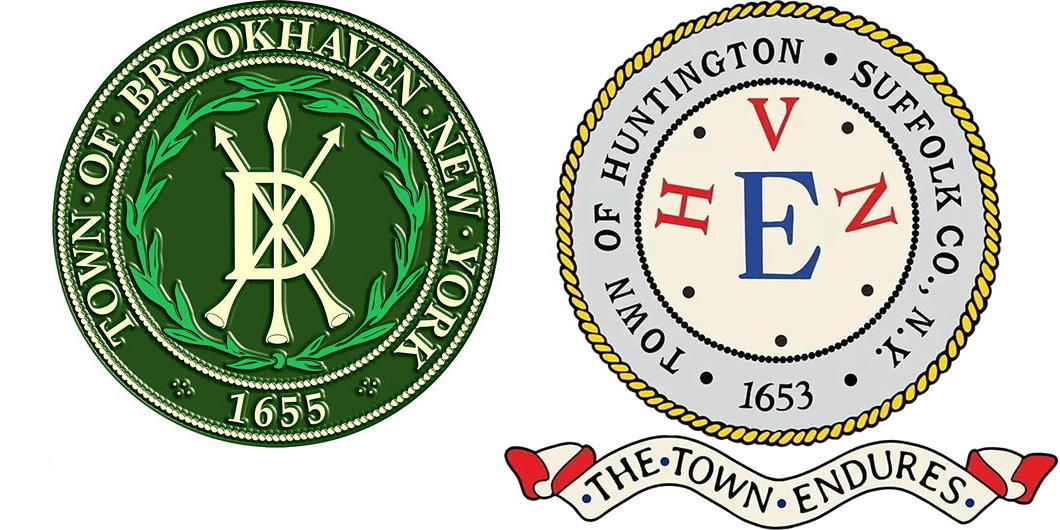
Huntington, meanwhile, was assigned the letter ‘E’ for its horse brand and as the fifth town also included five dots alongside the letters HVN representing, (with ‘V’ for ‘U’ in the Latin manner) the town’s name. The rope surrounding the town seal represents the shipping that moved the agricultural products grown in the interior to the shore and on towards their final markets.
The town must have been one in which unsound thinking was rife, as it is believed to be named after the genocidal king-murderer Oliver Cromwell’s home town. Worse, much later the town adopted a coat of arms that was modified from Cromwell’s.
Luckily, wiser counsels have prevailed in more recent times. For the town’s 350th anniversary in 2003 it was decided to stop using the Cromwellian arms and rely solely on the town’s seal.
Huntington’s motto — THE TOWN ENDURES — has an almost cryptic quality. The town church — “Old First” — was founded in 1658 and when its second building was finished in 1715 it acquired a bell from England. Sometime during the Revolution, it was carried away by loyal troops and ended up on HMS Swan, where Huntington native Zebulon Platt noticed it while being held prisoner.
If legend is to be believed, one Nathaniel Williams arranged the return of the bell and had it recast in 1793, including the phrase ‘THE TOWN ENDURES’. This may reflect the 1773 town resolution which provided money for the purchase of a parsonage for the church “to lye forever for that purpose as long as the town endures”.
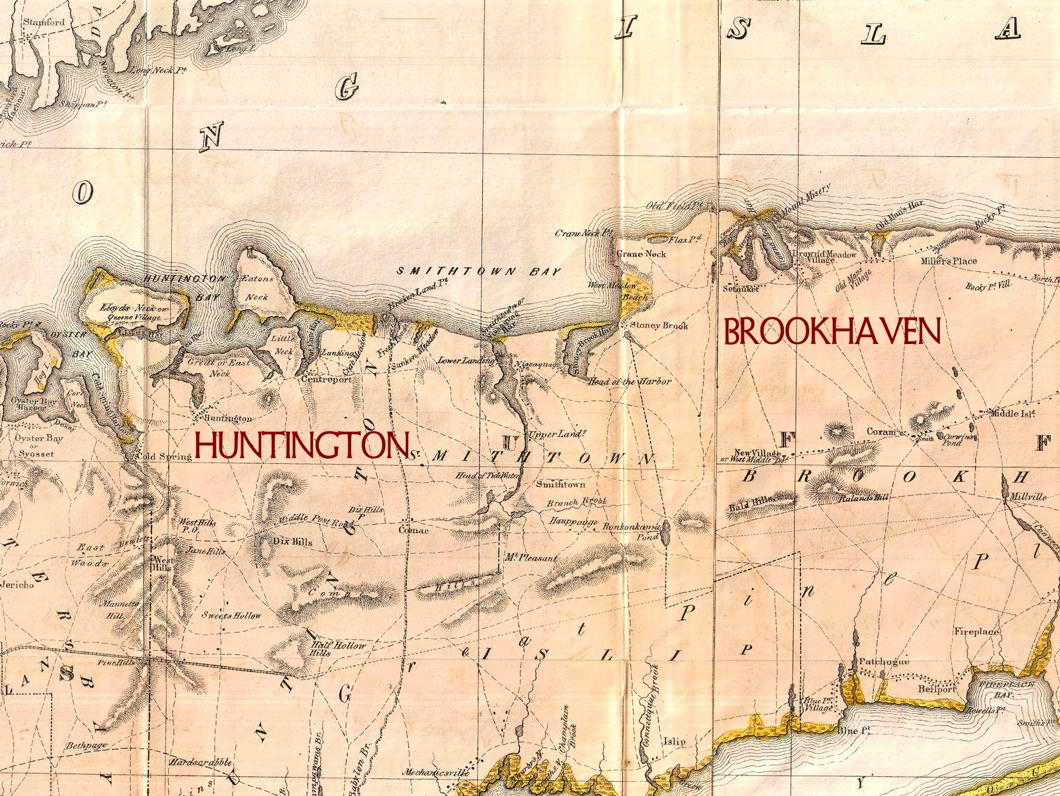
Hawksmoor’s Dream
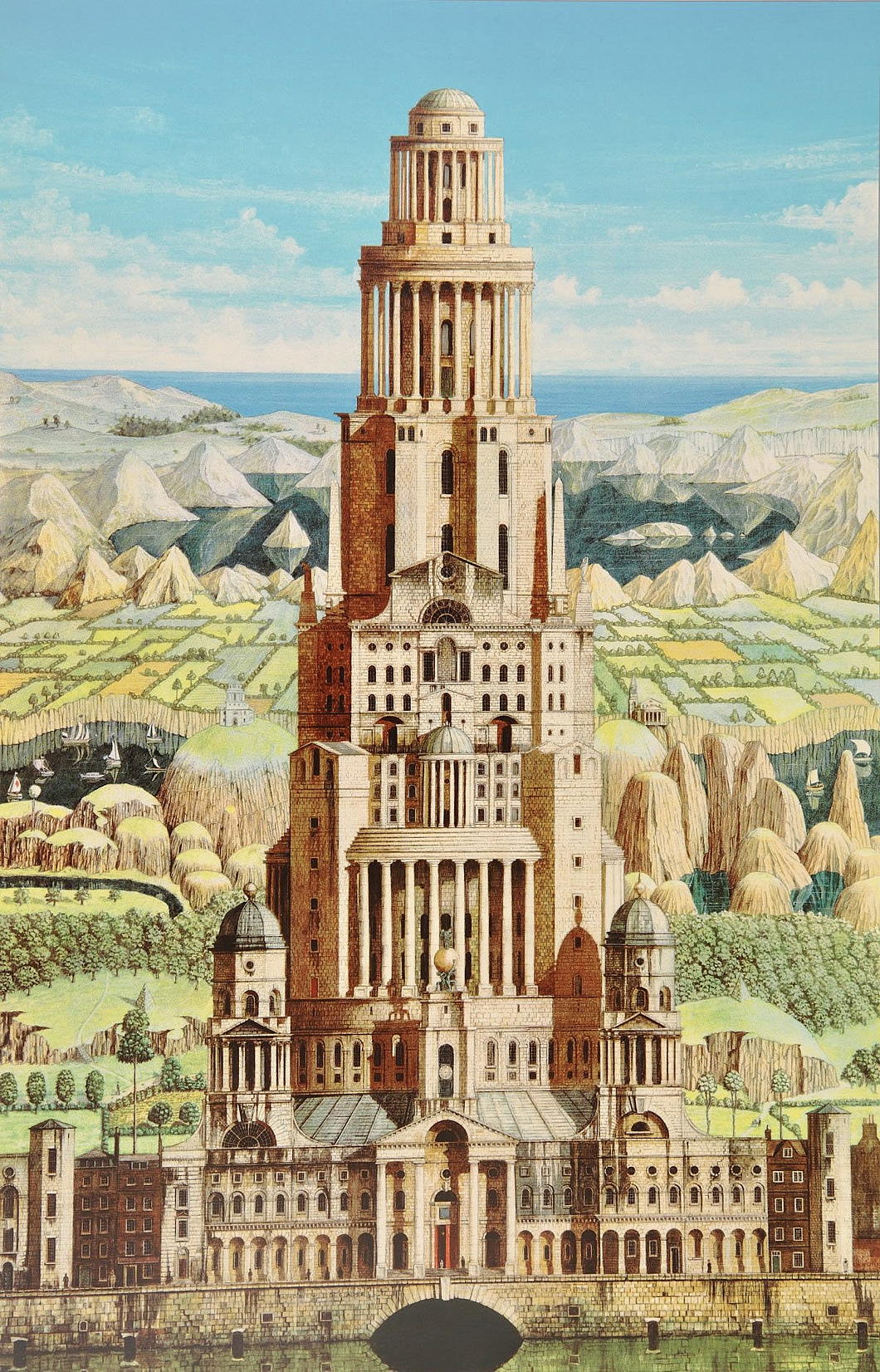
27½ in. x 17¾ in.; 1987-1991
Andrew Ingamells is an excellent draughtsman who is probably the finest architectural artist in Britain today.
His depictions of Westminster Cathedral and the Brompton Oratory (amongst others) are in the Parliamentary Art Collection, and he has done Loggan-style portrayals of the colleges of Oxford and Cambridge as well as three of the four Inns of Court in London.
The above capriccio is a wonderful treat. I think someone should build it.
Canterbury Gate
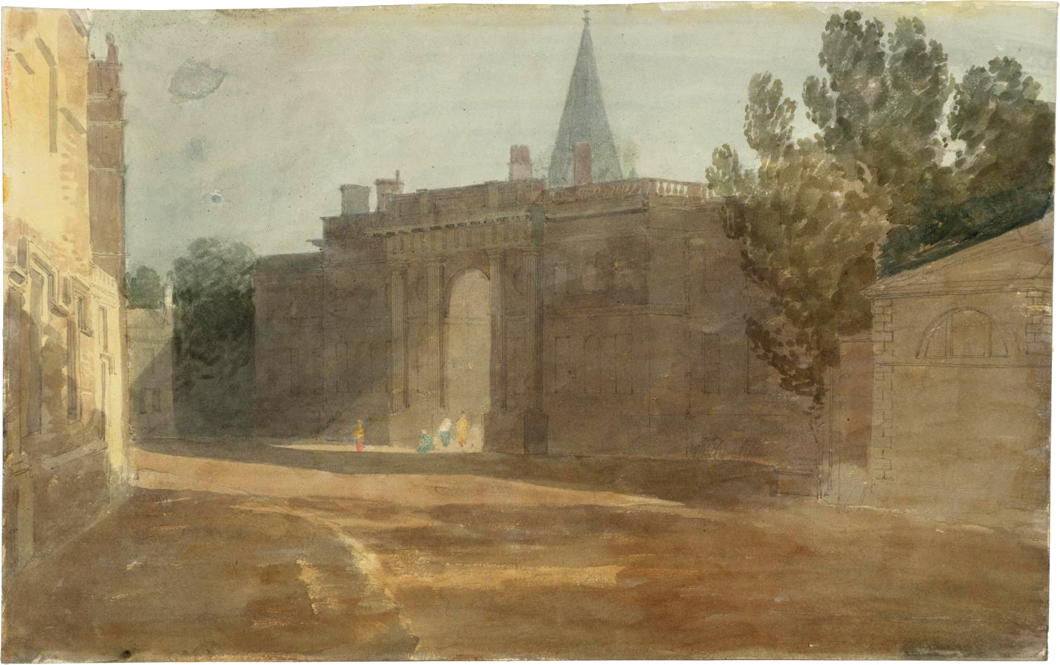
10 in. x 16¼ in., 1799; Tate Collection
Turner’s painting captures Christ Church’s Canterbury Gate from Oriel Square. (As it happens, this is Canterbury Gate at Christ Church in Oxford and, conversely, there is a Christ Church Gate at Canterbury in Kent.)
Given the greenery of the vegetation, this is almost certainly not the work that inspired Betjeman to write his winter poem ‘On an Old-Fashioned Water-Colour of Oxford’:
A winter sunset on wet cobbles, where
By Canterbury Gate the fishtails flare.
Someone in Corpus reading for a first
Pulls down red blinds and flounders on, immers’d
In Hegel, heedless of the yellow glare
On porch and pinnacle and window square,
The brown stone crumbling where the skin has burst.
A late, last luncheon staggers out of Peck
And hires a hansom: from half-flooded grass
Returning athletes bark at what they see.
But we will mount the horse-tram’s upper deck
And wave salute to Buols’, as we pass
Bound for the Banbury Road in time for tea.
Search
Instagram: @andcusack
Click here for my Instagram photos.Most Recent Posts
- Burns Tower April 19, 2024
- Patrick in Parliament March 18, 2024
- Articles of Note: 13 March 2024 March 13, 2024
- Cambridge March 9, 2024
- Taken on Trust March 4, 2024
Most Recent Comments
Book Wishlist
Monthly Archives
Categories

